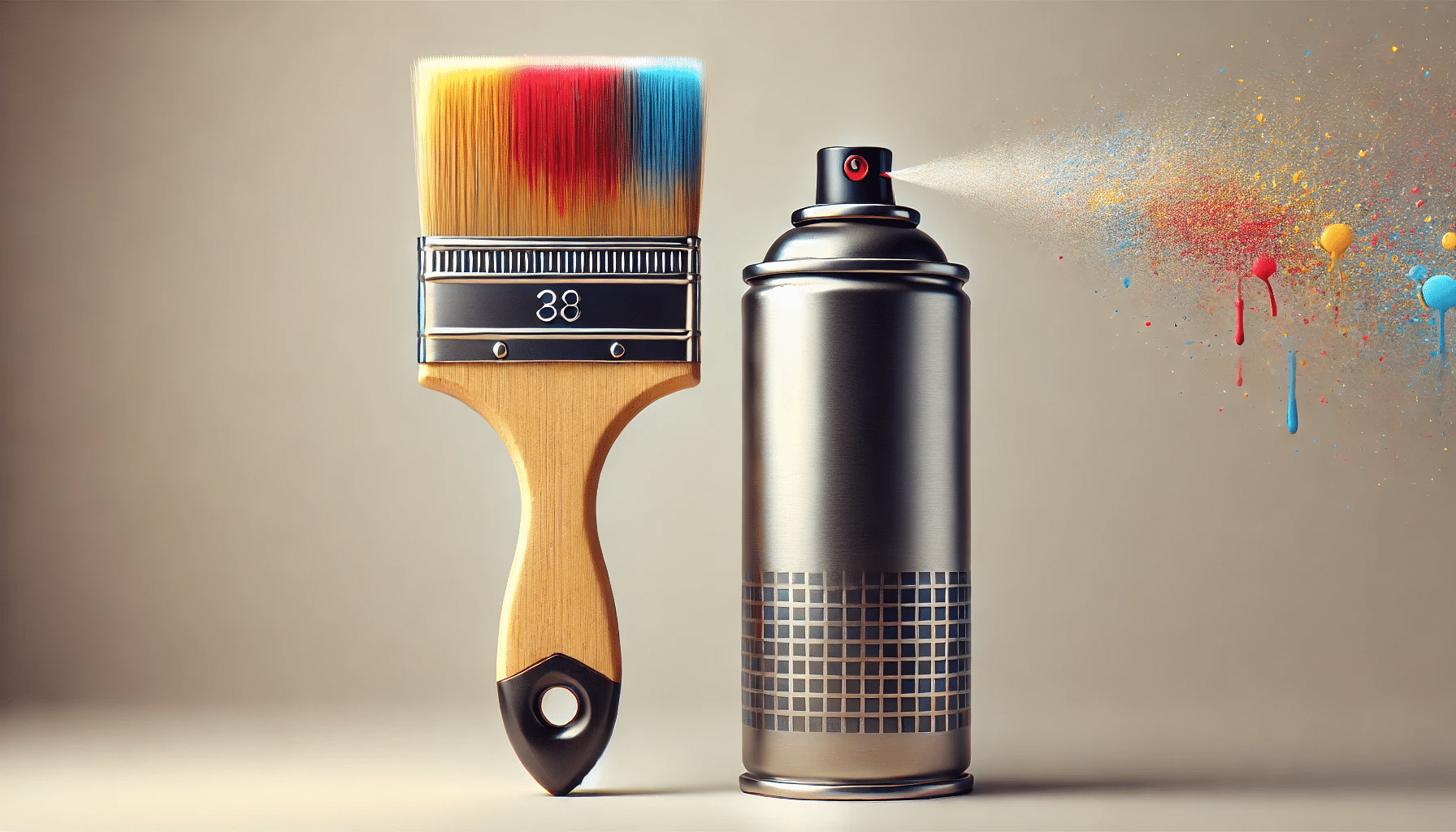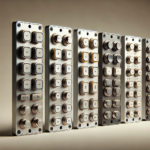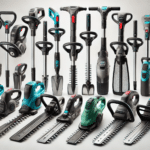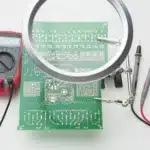
Introduction
When dealing with painting projects, choosing the right type of paint can significantly affect achieving the desired finish, ease of application, and overall experience. The debate between spray and traditional paint has been ongoing for years, with both methods offering distinct advantages and features. This article compares spray paint and traditional paint to help you determine which one better suits your needs.
Why Should We Compare the Differences? An Insight Into the Importance
Understanding the differences between spray and traditional paint is crucial in choosing the right method for users’ projects. By recognising these comparisons, professionals, especially beginners, can achieve robust finishing results, enhance efficiency, and save time and money. Whether using car spray paint or others, identifying the key differences between these two paint types results in informed decision-making for particular applications and preferences.
What is Spray Paint? A Brief Introduction
Spray paint is an aerosolised form of paint that comes in a pressurised can. It is used to spray directly onto various surfaces, releasing a fine mist with even application. Spray paint covers a large area quickly and efficiently, ensuring convenience and high-quality finishing results. These aerosol cans consist of a mixture of paint, paint colours, such as white and black spray paint, and a propellant for even dispersion of paint over various surfaces. Additionally, they can be applied using a paint spray gun, making them ideal for both professional and DIY projects.
Understanding Traditional Paint: A Brief Look
Traditional paint, also called brush paint, refers to liquid paint applied with brushes, rollers, pads, or other manual tools. It is the most common method in residential and commercial settings for painting walls, furniture, and other surfaces, offering different finishes and benefits. Traditional paint provides a durable finish and superior coverage with multiple finishes and textures. Though consuming time, brush paint is well-suited for larger surfaces and projects requiring a refined look.
Popular Types of Traditional and Spray Paint Explained
Both paint types come in various forms to choose from based on their multiple options, formulations, and other properties. Some common types of paint spray include:
- Acrylic Spray Paint: Acrylic spray paint is a widely-used paint that is known for its fast-drying properties and versatility.
- Enamel Spray Paint: It offers a hard, durable finish, ideal for surfaces that need to withstand wear and tear.
- Lacquer Spray Paint: This provides a high-gloss finish and is often used on cars and furniture.
- Specialty Spray Paint: Specialised spray paint includes options like chalkboard paint, metallic paint, and glow-in-the-dark paint.
Traditional paint types include:
- Water-Based Paints: Water-based paints are easy to clean, have low odour, and offer quick drying.
- Oil-Based Paints: They are known for their robust durability and smooth finish; however, take longer to dry.
- Latex Paint: Latex paint is ideal for interior and exterior applications due to its ease of use and availability in various finishes.
Exploring the Major Differences Between Spray Paint and Brush Paint: Making the Decision Easy
Brush paint is distinguished from spray paint in various ways. Some of the key variations include:
Distinctions Based on Ease of Use
Spray paint is generally easier for beginners when covering large areas or working on complex surfaces. However, it requires practice to avoid common issues like drips, runs, and overspray.
Traditional painting is more forgiving for beginners, especially on flat surfaces. The ability to go slow and correct mistakes makes it a better option for detailed work and precision.
Coverage Differences
Spray paint provides smooth, even coverage, particularly on uneven or textured surfaces. It can achieve a fine mist that reduces visible brush strokes, making it ideal for surfaces like metal, plastic, and intricate designs.
Traditional paint offers excellent coverage on flat, large surfaces like walls and ceilings. However, achieving a smooth finish requires skill and patience, as improper technique can lead to visible brush or roller marks.
Cost Comparison
Spray paint is generally more expensive per square foot of coverage due to the smaller volume in cans and the need for multiple coats. The convenience and speed might offset this cost for some projects.
Traditional paint is more economical for large areas. It is sold in larger quantities, allowing more extensive coverage at a lower cost per square foot. However, the cost of brushes, rollers, and other supplies should also be considered.
Aesthetic Differences
Spray paint typically offers a more uniform and modern finish, with options for high gloss, matte, or textured effects. It’s often used for contemporary designs and projects requiring a sleek appearance.
Traditional paint offers a classic look with multiple textures and finishes—from matte to high gloss. It’s ideal for creating a warm, inviting atmosphere in residential settings.
Comparing Safety Precautions
Spray paint requires strict safety precautions, including wearing masks, gloves, and eye protection. It should only be used in well-ventilated areas to avoid inhaling harmful fumes.
Traditional paint also requires safety measures, particularly with oil-based options. Proper ventilation is essential, and protective clothing can prevent skin irritation.
Which One Is Better – Spray Painting or Traditional Approach: Making the Decision
The ultimate decision between spray paint and traditional paint mainly depends on the specific needs, skill level, and users’ tasks at hand. It is the best option for quick, even coverage on a variety of surfaces, especially for outdoor and artistic projects. It offers convenience and speed but requires careful handling due to health risks and the potential for overspray.
On the other hand, traditional paint allows a more hands-on, systematic approach that suits detailed work and long-lasting results on large surfaces. It’s generally more cost-effective for extensive coverage and allows more control. In essence, if you need to cover large areas quickly with minimal effort, opt for spray paint. Consider brush paint for a more traditional, controlled approach with a broader choice of finishes.
Summary
Deciding between spray paint and traditional paint entirely relies on the specific requirements of your projects. Spray paint offers speed, convenience, and a smooth finish, while traditional paint provides better durability, more control, and a wider range of finishes. Ultimately, the best option you choose will depend on the surface you’re painting, the desired finish, and your budget.





















